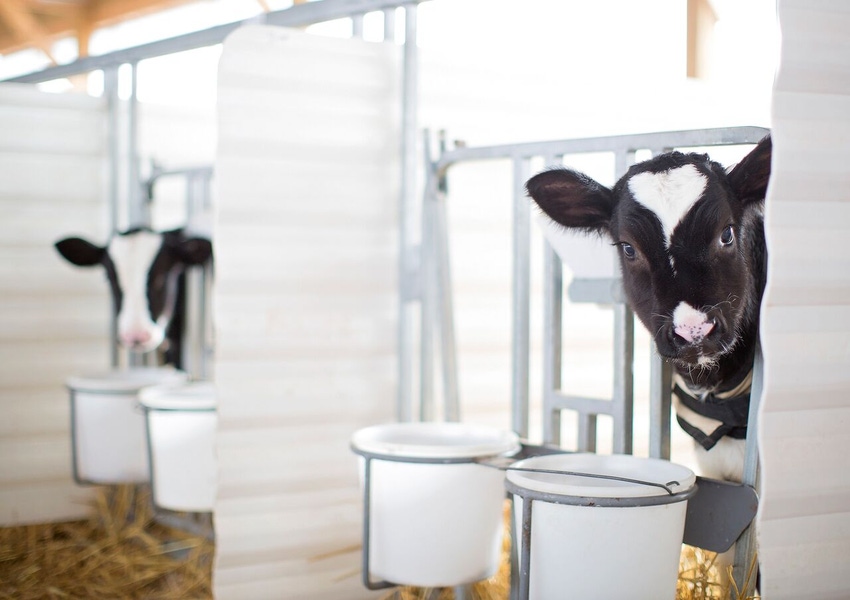SPECIAL COVERAGE FROM THE AMERICAN DAIRY SCIENCE ASSN. ANNUAL MEETING: Study looked at antibiotic usage on a herd level and investigated any association with selected risk factors.

The use of antimicrobials in agriculture is controversial and knowledge of the factors that influence antimicrobial usage (AMU) are needed, according to researchers at Michigan State University and University of Wisconsin-Madison.
At the American Dairy Science Assn. annual meeting in Cincinnati, Ohio, research on this topic conducted by J. Leite de Campos and P.L. Ruegg of Michigan State along with A. Steinberger, T. Goldberg, N. Safdar, A. Kates, J. Shutske, A. Sethi and G. Suen of the University of Wisconsin was presented.
The objectives of the study were that of describing herd level AMU on dairy farms and investigating any associations of AMU with selected risk factors.
Eligible farms contained >250 lactating cows and met criteria for maintaining computerized animal health records. Data for a one-year period was retrospectively collected on 40 farms and researchers visited all farms to validate case definitions and recording accuracy.
Adult cows potential risk factors included culling rate, length of dry period and association of early lactation AMU with total AMU.
Preweaned calves risk factors included feeding method (esophageal; bottle; esophageal and bottle) and preventive usage of antimicrobials (yes; no).
Herd level AMU was standardized as the number of defined daily doses (DDD) per cow and preweaned calf per year, and AMU was also calculated as DDD/cow/year and DDD/preweaned calf/year. Linear regression was used to identify associations between AMU and continuous risk factors and t-tests were used to assess risk factors for feeding method and preventative AMU.
Enrolled farms contained 52,639 cows (mean: 1,316 ± 169 SE), and 6,281 preweaned calves (mean: 180 ± 33 SE).
Total herd AMU was 6.6DDD/cow and preweaned calf/year (2.2 to 15.7). Adult cows accounted for 83% of the total herd AMU (5.5DDD). Adult cows AMU was 7.0DDD/cow/yr (2.4 to 13.2). Preweaned calves AMU was 10.4DDD/preweaned calf/yr (0.09 to 48.9). Culling rate and dry period length were not associated with AMU in adult cows (P > 0.22).
Greater use of AMU in the first 30 DIM was associated with greater AMU in the rest of the lactation (P < 0.001). Dry cow therapy and AMU within the first 30 DIM represented 18% and 39% of the AMU used for adult cows, respectively. Preweaned calves AMU tended to be associated with feeding method (P = 0.08) and were 8.6 ± 2.5DDD (esophageal feeder), 12.8 ± 5.4DDD (bottle), and 13.7 ± 3.2DDD (both methods).
There was a tendency for farms that reported the use of preventive antimicrobials in preweaned calves to have greater use of AMU (16.1 ± 5.3DDD vs. 9.5 ± 2.1DDD, P = 0.10).
AMU and risk factors varied between adult cows and preweaned calves, the researchers said.
About the Author(s)
You May Also Like

.png?width=300&auto=webp&quality=80&disable=upscale)

